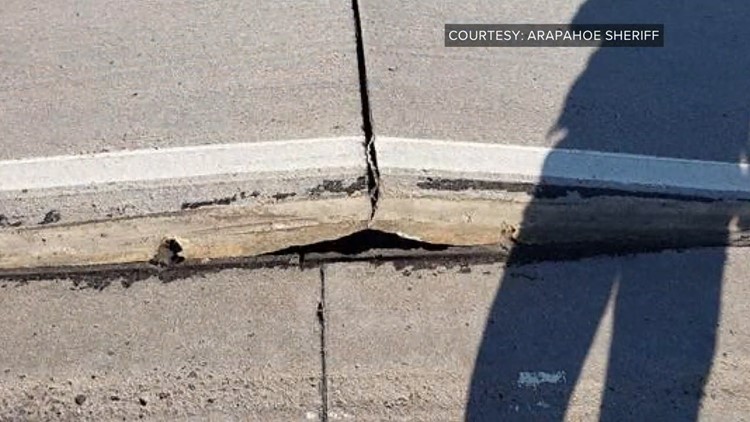Extreme heat has forced roads like Parker Road in Arapahoe County to buckle. But how exactly does that happen? CDOT engineers gave us a quick lesson about the science behind buckling.
"When each one of these concrete slabs starts to expand, they expand and start pressing on each other,” said Jan Chang, an 18-year veteran engineer with CDOT. “When they start pressing on each other the pressure builds up there. The slab buckles where all the stress is."
Chang says another way to think about buckling is by comparing it to popcorn. It goes in as a kernel, but the heat forces it to expand and pop.
But heat isn't the only thing that can cause buckling.
“After a rain event, the moisture builds up in the concrete and allows it to more freely expand," Chang said.
Most buckling happens with older pavement designs that have smaller expansion joints or none at all. It's an issue Jan says they're working to fix.
"Buckling for us is a major concern because it can be a potential safety hazard,” he said. “But obviously our funds are kind of constrained so we don't have money to do everything we want to do."



